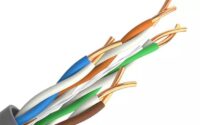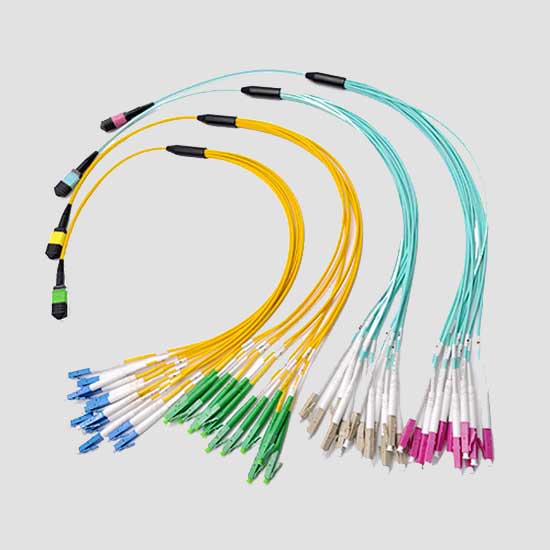Introduction and Overview of MPO Conversion Cables
MPO (Multi-fiber Push-On) and MTP (a high-performance version of MPO) conversion cables are essential components in high-density fiber optic networks. They enable efficient connectivity by splitting, combining, or transitioning between different fiber counts and connector types. These cables are widely used in data centers, telecommunications, and high-speed networking environments where scalability and flexibility are crucial.
Key Types of MPO Conversion Cables
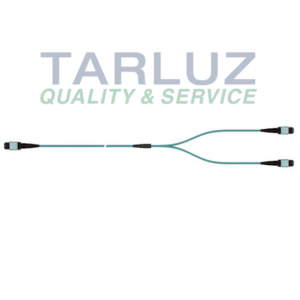
MPO-16 to 2 x MPO-8 Conversion Cable
Function: Splits a single 16-fiber MPO connector into two separate 8-fiber MPO connectors.
Use Case: Helps distribute high-capacity connections into smaller, more manageable links, often used in breakout scenarios.
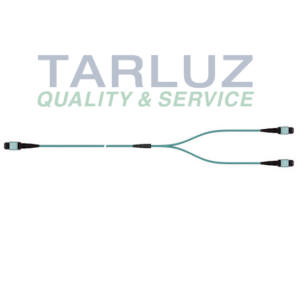
24-Fiber MTP to 2 x 12-Fiber MTP Conversion Cable
Function: Divides a 24-fiber MTP trunk into two 12-fiber MTP branches.
Use Case: Commonly used in 40G/100G/400G networks where parallel optics require structured fiber distribution.

2 x 12-Fiber MTP to 3 x 8-Fiber MTP Conversion Cable
Function: Converts two 12-fiber MTP inputs into three 8-fiber MTP outputs.
Use Case: Useful for optimizing fiber utilization in complex network architectures, such as spine-leaf data center designs.
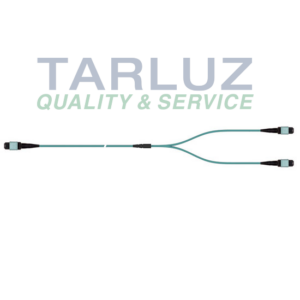
MPO-32 to 2 x MPO-16 Conversion Cable
Function: Splits a high-density 32-fiber MPO into two 16-fiber MPO connections.
Use Case: Supports ultra-high-bandwidth applications like 400G and 800G Ethernet by efficiently managing fiber pathways.
Applications of MPO Conversion Cables
Data Centers: Enables flexible connectivity for top-of-rack (ToR) and end-of-row (EoR) architectures.
Telecommunications: Facilitates high-speed backhaul and fronthaul networks.
Cloud Computing: Supports scalable and modular fiber infrastructure.
Broadband Networks: Used in fiber-to-the-home (FTTH) and 5G deployments.
Advantages of Using MPO Conversion Cables
High Density: Reduces cable clutter while maintaining high-speed performance.
Flexibility: Allows easy reconfiguration without replacing entire cable assemblies.
Cost-Effective: Minimizes the need for additional patch panels or splitters.
Future-Proofing: Supports next-gen networking standards like 400G and beyond.
In Conclusion
MPO conversion cables play a vital role in modern fiber optic networks by enabling efficient fiber management and scalability. Whether splitting a 24-fiber trunk into 12-fiber branches or converting a 32-fiber MPO into dual 16-fiber outputs, these cables ensure seamless connectivity in high-bandwidth environments.
Explore more: For more information on MPO Conversion Cables and related products, visit TARLUZ.com or contact our experts for personalized advice.
Related Article:

